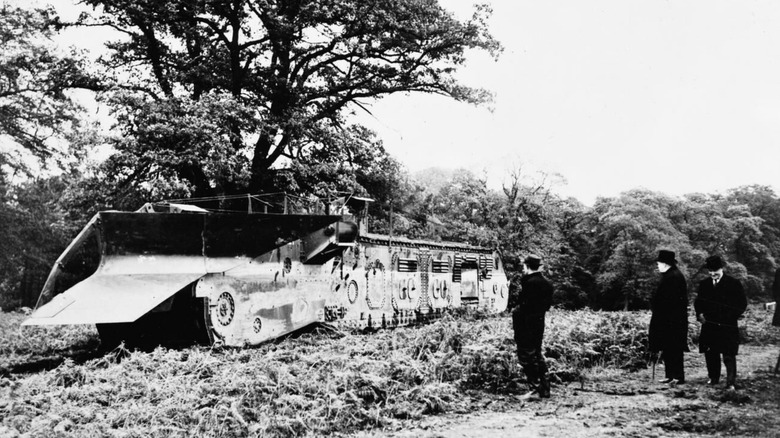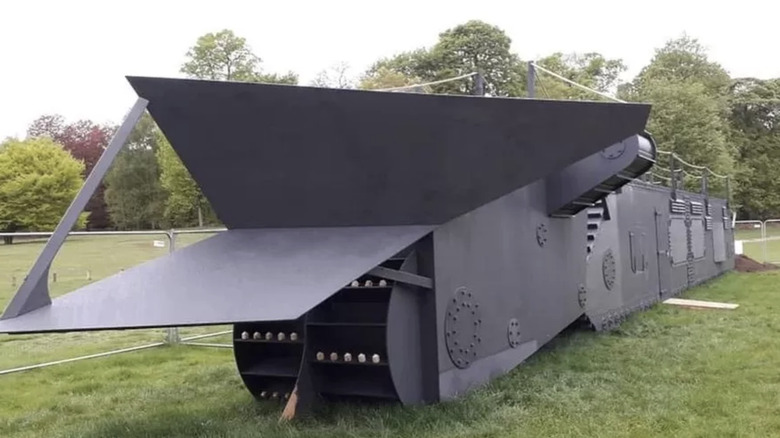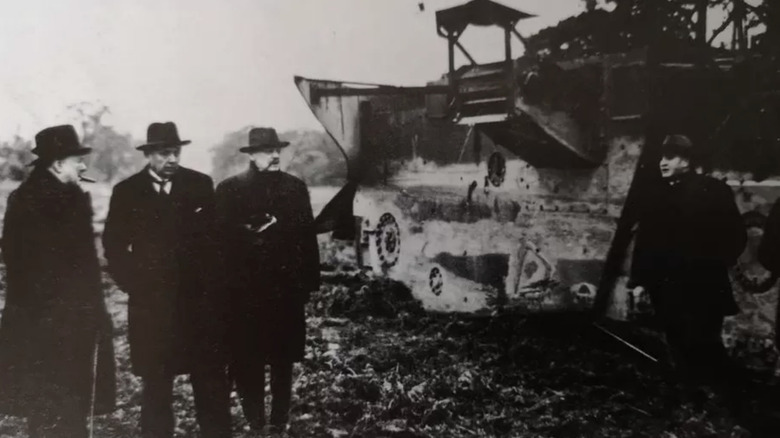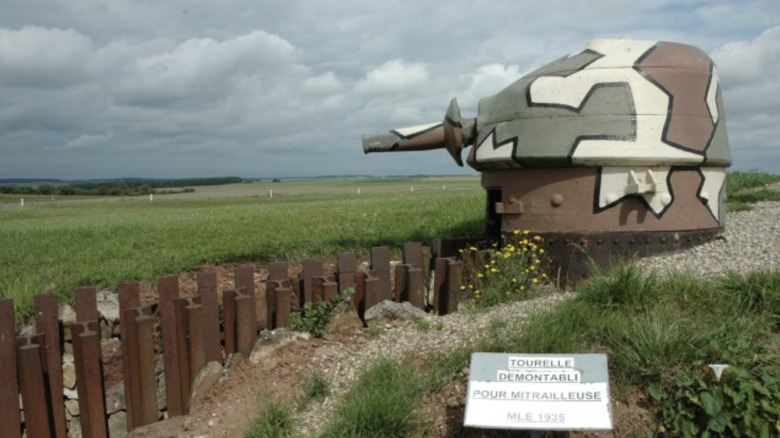The Mole: Britain's 100-Ton WW2 Vehicle That Never Saw Battle
When World War II broke out, military leaders were anxious to avoid the grossly inefficient and deadly results of trench warfare. Weeks would pass without either side gaining a foot of ground, and drastic sacrifices of life were made in futile attempts to gain the upper hand. When Churchill was appointed First Lord of the Admiralty in 1939, he set up a great number of projects — some new, and some resurrected from the Great War.
One of these projects was known as "The Mole," and its goal was to invent a 75-foot trench-digging tank that would make its way toward the enemy line across no man's land, creating a safe dugout behind it for soldiers to follow in. It would also act as a ramp for men to climb into the enemy trench when they arrived. In theory, it would eliminate the need for men to go "over the top" and make it possible for troops to advance more safely and break through enemy lines.
Although development continued for years and prototypes did perform successful demonstrations, the machines were never mass-produced or used in combat.
Churchill was a man of ideas
Churchill also held the position of First Lord of the Admiralty for part of World War I, and during this time, he was a driving force behind all sorts of committees and projects. He believed that science and technology were integral to the success of the war effort, and one committee he helped set up even resulted in the invention of the tank. When he received the title again at the outbreak of World War II, Churchill wasted no time in establishing a range of new projects, one of which brought back an old idea he had had during the Great War — the trench-digging tank.
The project and its prototypes acquired many nicknames and codenames over the years. The machine itself was sometimes called "The Mole" by Winston Churchill, and the first prototype was nicknamed "Nellie," after the department that made it — the Department of Naval Land Equipment or NLE for short. One of the original code names was White Rabbit No. 6, which later on became Cultivator No. 6. No matter the name, the idea was bold and promising. If such a machine had existed 25 years earlier, the trench warfare of the Great War might have looked very different.
The development lasted five years
To work, the trench-digging machine would need to be powerful, sturdy, and reliable. The idea was to set it to work under the cover of night and amidst artillery barrage, so the enemy could neither see nor hear the machine working on its hidden trench. With work beginning in 1939 and continuing for multiple years, the final design decided on by the NLE consisted of two sections: a 100-ton elongated tank at the back and a trench-digging apparatus at the front. The front section weighed 30 tons and included a plow to move dirt and create the top of the trench, and cutting cylinders which would excavate the bottom of the trench. The resulting tunnel measured five feet deep and seven feet six inches wide — big enough for tanks to pass through.
Nellie, the first prototype, completed successful test runs at Clumber Park during 1941 and 1942, with Churchill himself visiting so he could appraise the progress. However, enthusiasm for the project was at almost zero by this time, and despite as many as four other prototypes being built, the project was destined to be scrapped in 1943.
Why the Mole didn't work out
After experiencing the Great War and witnessing France build its Maginot Line of defense during the interwar years, it was only natural for people to expect more trench warfare from future conflicts. The Maginot Line was a 280-mile-long collection of bunkers, fortresses, minefields, and gun batteries that was specifically designed to defend against the kind of invasion they faced during the Great War.
It was a project that cost the equivalent of $9 billion today, and no one was expecting it to be completely and utterly useless. When Germany made their move, they used a new warring strategy dubbed "blitzkrieg," which completely abandoned trench warfare in favor of fast-moving tanks, mobile infantry, and artillery troops to win swift victories at strategically chosen targets. To penetrate France, they ignored the Maginot line and pushed through the Ardennes Forest in Belgium.
From this point onward, combat during World War II was fast and unpredictable — with no permanent trenches or no man's land for Nellie the trench-digging tank to dig through. Though the project was kept on standby just in case, it was ultimately useless in this new era of warfare and that's why it never saw combat.



